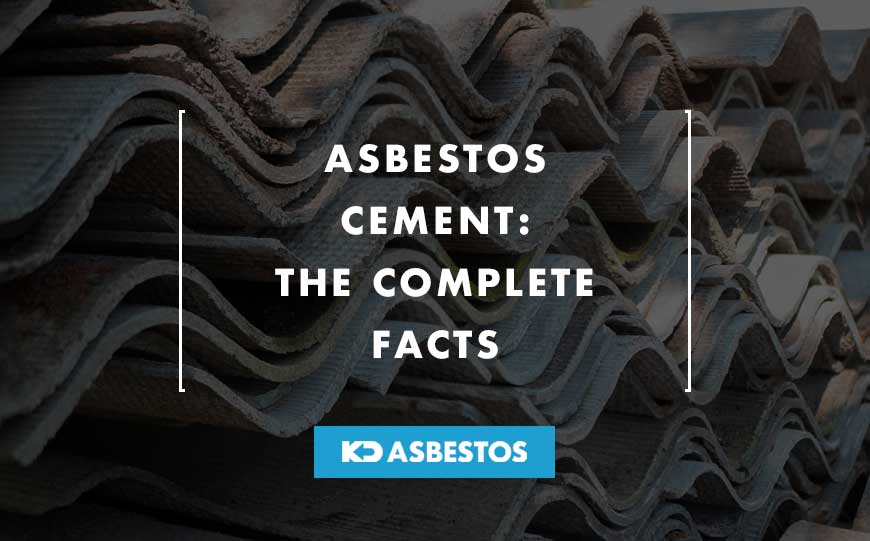
Back in the early 1900s, up to around the 1980s, asbestos cement was commonly used in various industries ranging from manufacturing to construction.
In this article, we explore what asbestos cement is, why it was used and where this dangerous substance can be found.
Table of Contents
What is Asbestos Cement?
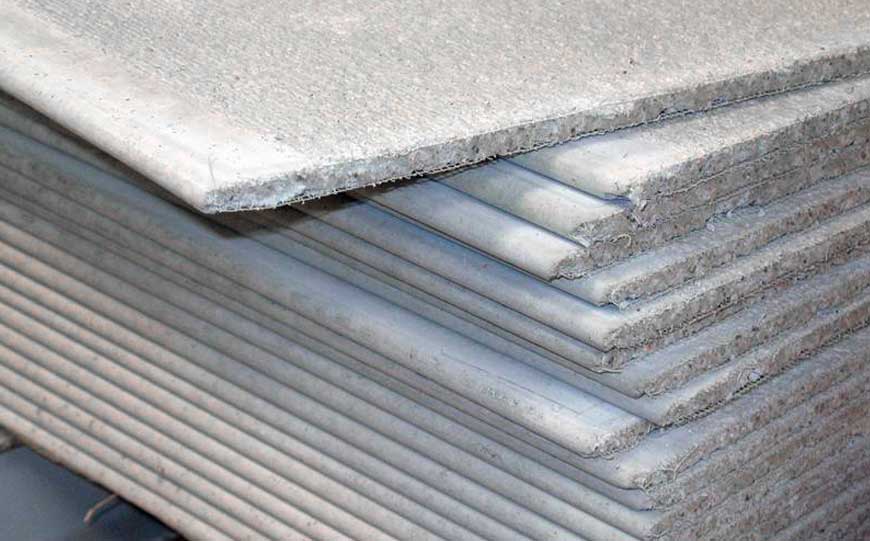
Image credit: Dongyue
Asbestos cement is a building material which was invented towards the end of the 19th century.
At times, it’s also referred to as fibrolite or AC sheets, and was widely used especially during the period of the World War II to quickly construct military structures.
After the war it still remained popular in other applications, as it was easy to acquire and affordable.
In fact, the material was used in numerous products, including ceilings, roofing, floorings, masonry, pipes, gutters, wall siding, corrugated sheets and insulation.
One of the most common products was transite.
It was very popular since it’s highly resistant to corrosion and considerably strong, while still being relatively easy to handle.
Asbestos cement products generally consisted of a mixture of cement and chrysolite asbestos fibres.
These were moulded and compressed to produce the various products which we shall be exploring below.
Why Was Asbestos Cement Used?
Asbestos helped to increase the strength and durability of the products in which it was used.
It was also used in applications where it was beneficial to make the particular product fire retardant.
It was generally formed in flat or corrugated roof sheets, but it can be easily moulded into any shape.
Where is Asbestos Cement Found?
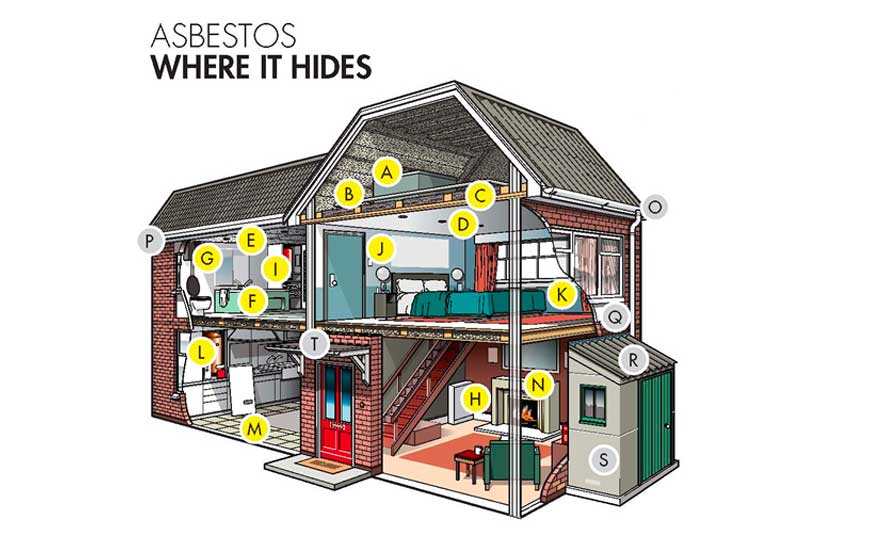
Image source: HSE
Asbestos cement was used in several products and applications.
As a result it can be found in homes, commercial establishments, factories and ships.
The following are some common asbestos cement products:
Roof Sheets
Garage roof sheets made from asbestos cement were very common.
These were large sheets of corrugated asbestos cement.
Wall Cladding
Asbestos wall cladding is often found in buildings that have asbestos cement roofs.
These are very similar to roof sheeting in their structure.
Downpipes & Gutters
Asbestos downpipes and gutters are commonly found attached at the end of cement roofs, particularly in large and old buildings such as warehouses and factories.
Flues
Asbestos cement flues can be found in boiler systems, ventilation systems and air conditioning.
Sewer Pipes
Sewage and water pipes were often made of pitch fibre.
This was a lightweight material made from wood cellulose impregnated with inert coal tar pitch.
It was widely used as it was easy to handle and work with.
However asbestos cement was generally added in order to increase its strength.
Water Tanks
Asbestos cement was also used to make water tanks.
Needless to say this is very dangerous considering that such a tank holds water, thereby highlighting the importance of never using such water for potable purposes.
What Does Asbestos Cement Look Like?
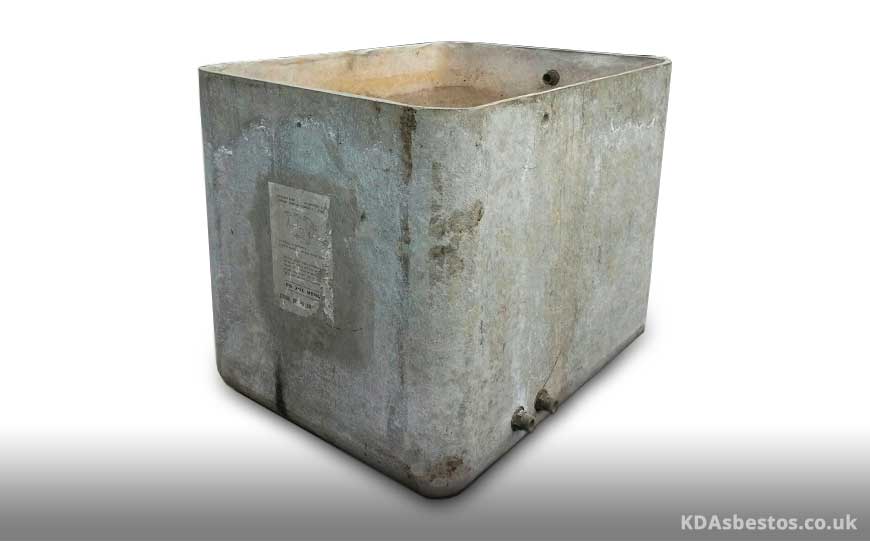
Asbestos cement looks just like any ordinary cement, so it can be difficult to know how to identify asbestos in certain settings.
It is a hard material, greyish in colour, and can be moulded and compressed.
So even though it was widely available as sheets, it could have been used to produce various kinds of products, such as those noted above.
Is Asbestos Cement Dangerous?
People who were exposed to asbestos are at risk in developing serious illnesses, including asbestosis, asbestos lung cancer or mesothelioma.
Exposure could have occurred during the manufacturing or installation of asbestos products.
This is also referred to as occupational exposure.
Should any of such products have started to deteriorate over time, and one was in direct contact, then there are exposure risks too.
One should also take into consideration that secondary exposure could have occurred.
This could be the case when asbestos fibres were present on clothes or tools used by workers.
This could also occur when people were in direct contact with asbestos cement, and are then inhaled or ingested by those who live with such persons.
Carrying out any work on any kind of asbestos can be very dangerous.
As a result, it’s crucial that licensed workers are hired for such tasks.
These will be experienced and trained on how to deal with such hazardous material.
This is even more important if the work will lead to considerable break-up or deterioration, or if the material concerned is already badly damaged or in poor condition.
In such cases, the risk of asbestos fibres becoming airborne is obviously even more significant.
Who’s at Risk from Asbestos Cement?
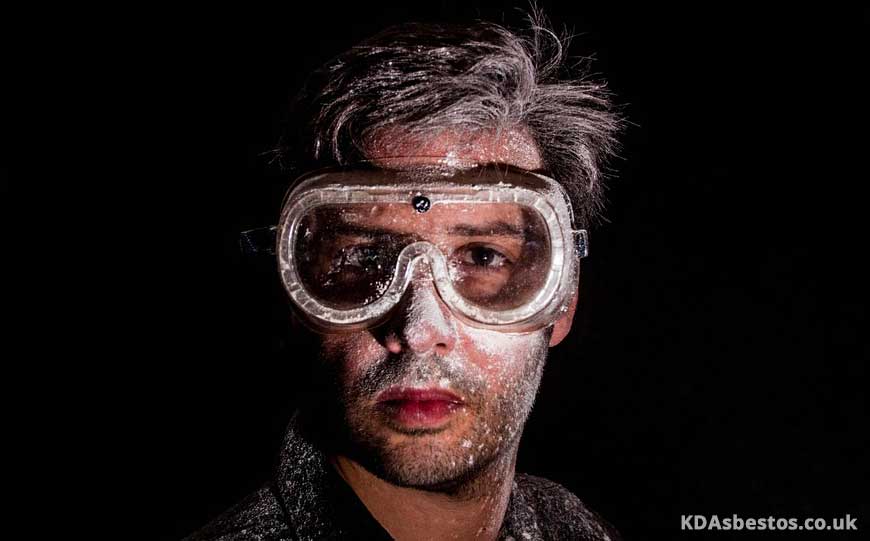
Anyone who worked with asbestos cement had a high risk of occupational asbestos exposure.
When asbestos cement products start to corrode or deteriorate, the asbestos fibres will be released in the air and surroundings.
Hence, these could be inhaled by people who were working or living in close proximity.
Such cases are common when demolition and renovation works are carried out, and so workers such as building inspectors and demolition crews are at a risk.
There are unfortunately numerous occupations who could be exposed to asbestos.
Anyone who works as an installer of flooring or siding, pipefitters and plumbers, roofers, electricians, industrial and construction workers, masons and shipyard workers, could all be at risk of exposure.
Secondary exposure is also possible in cases when such workers come into contact with family members, and when asbestos cement debris gets released in the air such as when buildings are demolished without undertaking the necessary precautions and safety measures.
Is Removing Asbestos Cement Dangerous?
Yes, there is no way that one should risk removing asbestos as a DIY job.
Any type of asbestos removal can prove to be dangerous as asbestos fibres can be inhaled or ingested.
A non-licensed worker doing such a job would thus be undergoing a great risk as it is best to be trained as well as wear the necessary safety gear and take certain safety measures and precautions.
Moreover, a risk assessment is generally carried out.
Conclusion
Asbestos cement used to be extremely common.
Since it was only in the late 1970s that asbestos regulations started to be enacted, there are still many buildings and products that may have asbestos present.
Thus, extreme care should be taken to handle any potential asbestos products properly, and to seek an asbestos removal professional to deal with the matter, as the health risks associated are very dangerous.